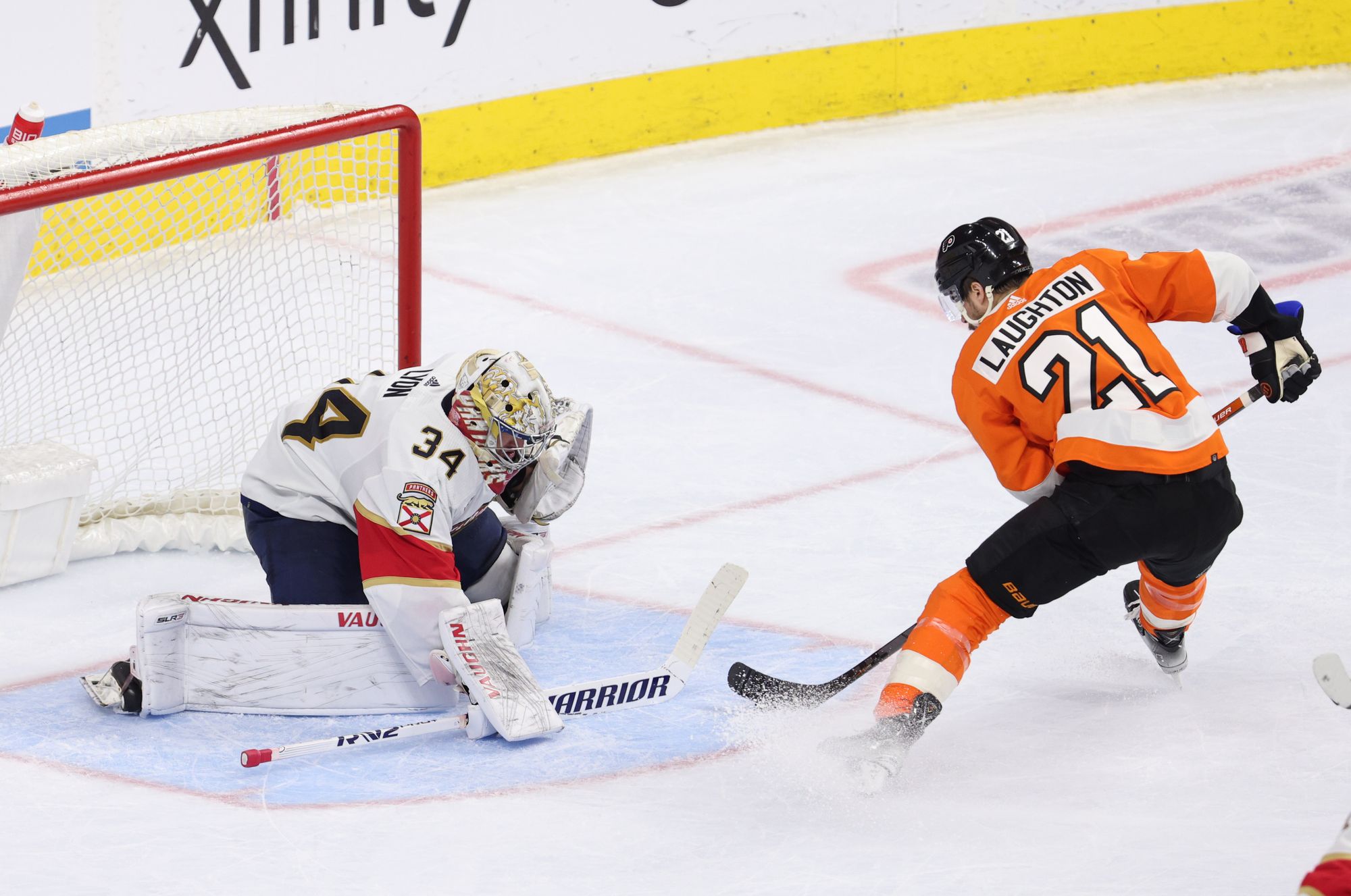I am embarrassingly nostalgic, and I always have been.
When I was seven, my parents bought a ’95 Chevy Malibu. I waxed poetic about the model year, as it brought back fond memories of a block party two years prior. When I was 13, I remember being choked up entering the Vet on its final day, recalling all those times in the late 90s and early 00s I watched terrible Phillies teams in a dump of a stadium. Even today, my cluttered backpack is littered with press passes and random memories from a former job and past life I remember fondly.
Maybe that’s why I like the Flyers, who seem to be intent on building a front office with the sole purpose of encouraging us to remember some guys.
While I appreciate a longing for the past, I hope this doesn’t negatively affect the team’s roster building. While I do think the recent string of line-jumping, unearned job opportunities in management is concerning, there are bigger issues afoot.
As we continue to march toward the draft, trade rumors persist. We already know many of the players involved from whispers around the trade deadline. Carter Hart, Travis Konecny, and Kevin Hayes continue to receive attention, while Ivan Provorov is already gone.
The most surprising name to surface, however, has been Scott Laughton.
Laughton went from a revitalization project to a model Flyer. A first-round pick in 2012, Laughton failed to carve out a full time role in the NHL until 2015-16, however he spent the majority of the following season in the AHL to clean up his defensive game. Fast forward to 2022-23, he led the team’s forwards in minutes on the penalty kill. He also set career highs with 18 goals and 43 points. Laughton has become one of the Flyers’ most versatile players. Providing solid two-way play at both center and wing, Laughton plays a tough and physical, yet fast and aggressive game that can fit in any lineup.
As importantly, he has been an outstanding ambassador for the team. Laughton was involved in trade talks in 2021 when he was in the last year of his contract. Reportedly, he made it so clear he wanted to remain a Flyer that he signed a five-year extension before the trade deadline. He was the only player to wear a letter on the front of his jersey this season and served as something of a chaser to Provorov’s Pride Night controversy, playing a prominent role in the organization’s efforts that night and highlighting its positive initiatives.
We’re at the point where Laughton will be remembered as a very solid Flyer and a great Philadelphian. We’re also at the point where it’s time to trade him.
The rumored return for Laughton would be a late first and a mid-level prospect. He’s the type of player that teams can talk themselves into having enough skill to make their middle six better and enough grit to play playoff hockey. Some may hesitate to deal him, as it is easy to see him as the type of personality who could set the tone for a younger group as we enter a new era of Flyers hockey.
There’s some support to the notion that the return wouldn’t justify moving him. The thought process is that late firsts aren’t much more valuable than second- and third-round picks. Tampa Bay General Manager Julien BriseBois brought this conversation to the forefront when the team traded a first, second, third, fourth, and fifth across the 2023-2025 drafts along with defenseman Cal Foote for Tanner Jeannot at the deadline. But circumstance matters.
“Based on the odds of those picks turning into good NHL players down the road, I’d rather have the good player right now for this season and next and help this group win right now,” BriseBois said at the time. “I know what the odds are of those picks turning into players. I also know the odds of those picks turning into players that can help us win while we have this group of players right now in their prime ready to go for another long run — the odds of that are zero”
The Flyers don’t have the core to win now. This would be another whack at the piñata filled with future players for the next great Flyers team in exchange for a 29-year-old.
It’s easy to cite leadership for the team’s next young core as a reason to retain Laughton, but does that run the risk of overvaluing intangibles? When Moneyball brought us the statistical revolution in baseball in the early 2000s, Billy Beane worked on the principle of only valuing quantifiable production. While it led to some downright ugly fielding in Oakland, he built an assembly line of overlooked hitters in his lineup and a dominant rotation. We have evolved considerably in the last 20 years, but it would still be a misstep to allocate resources to an ability that cannot be measured.
This would be a similar trade to the one New Jersey swung when it dealt Blake Coleman, a similarly feisty yet skilled winger, to Tampa Bay in 2020. Sure, the trade helped the Lightning win a Cup, but it also did not hinder the Devils from rebuilding into one of the league’s most promising young teams. Jack Hughes was going to develop into a star regardless of Coleman’s presence. If the Flyers luck into such a talent, Laughton probably won’t affect how good that guy ends up.
Laughton has had an incredible run here, one that could even get him a front-office job he doesn’t deserve in 15 years should the Flyers remain the Flyers. But it’s one thing to remember the past, whether it be a block party, a decaying stadium, or a player’s successful tenure. This team just can’t let it affect the future.










